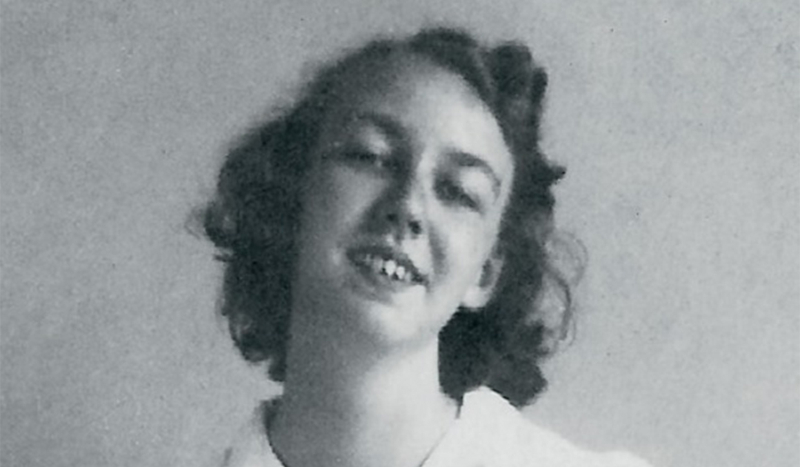
Flannery O'Connor Review / Facebook
CV NEWS FEED // Flannery O’Connor, long celebrated as one of America’s greatest Catholic writers, was also a gifted painter — a fact brought to light through a new exhibit of her previously unknown artworks unveiled in Georgia.
The exhibit, Hidden Treasures, opened in March at Georgia College and State University (GCSU), O’Connor’s alma mater, according to Hyperallergic, an online publication offering contemporary perspectives on art and culture. The commencement marks the centennial of her birth. The exhibit will be open through early 2026.
Hidden Treasures features 70 pieces — oil paintings, wood-burned illustrations, prints, and a self-portrait — that had been kept hidden by friends and family until their discovery in 2023.
“Most people know who Flannery O’Connor was; now they know that she was also a painter,” Seth Walker, the university’s vice president of advancement, told Hyperallergic. “Studying her visual art adds a whole new dimension to her writing.”
Born in Savannah in 1925, O’Connor later moved to Milledgeville, where she studied at GCSU before enrolling in the Iowa Writers’ Workshop. She returned to Georgia after being diagnosed with lupus and spent the final years of her life writing and living with her mother on the family’s farm. She died in 1964 at age 39.
O’Connor’s artwork, ranging from impressionistic depictions of her rural Georgia surroundings to quirky portraiture and farm animals, echoes the distinct sensibility that marks her writing. Her fiction is known for discussing “Christianity, disability, race, morality and ethics, crime, and the Civil War,” among many other themes, according to Hyperallergic.
Organizers of the exhibit noted that O’Connor’s artwork had been kept private, in part, out of concern that it might overshadow or complicate her literary achievements. Her paintings were discovered in her childhood home in Milledgeville, Georgia, a site now preserved as a National Historic Landmark and operated by GCSU.
Farrell O’Gorman, chair of the English Department at Belmont Abbey College and co-trustee of the O’Connor Charitable Trust, told Hyperallergic that the response to the exhibit has been enthusiastic.
“Hundreds of people came to see the paintings in Milledgeville,” he said. “I fully expect that conversations about them will be occurring at scholarly conferences on O’Connor’s work in the United States and in Europe during this centennial year.”

